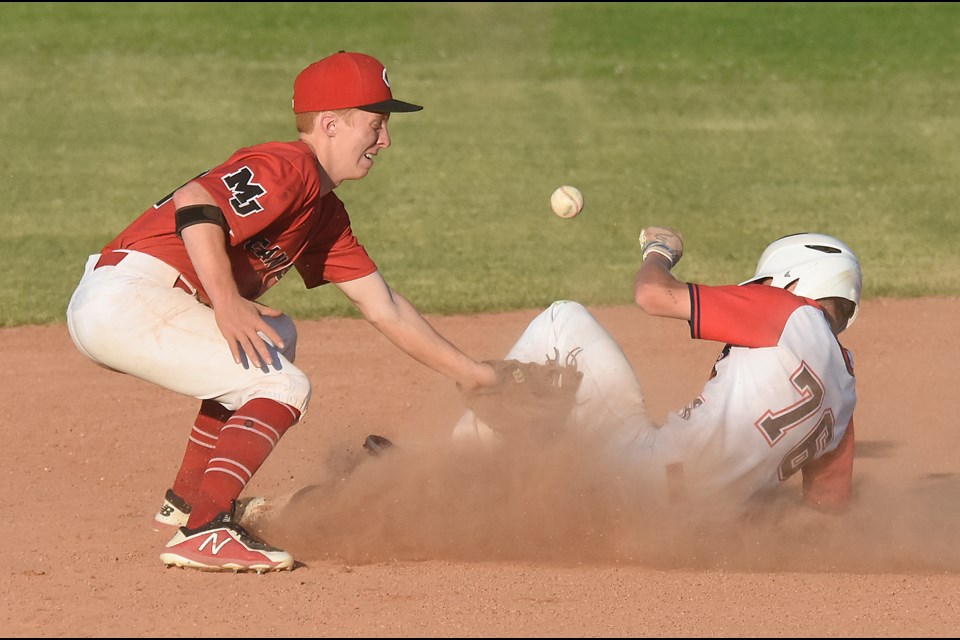Of course, the risk of, say, 40,000 fans gathering for a baseball game in mid-June is a far cry from a Miller Express game against the Swift Current 57s. Smaller crowds mean fewer people to pass on COVID-19, and that would make the risk seem that much less.
But the problem is this – it just takes one.
One person, possibly even asymptomatic, could kick off a whole new wave of the virus without even knowing they were doing so. And as soon as the source is found, that means quarantine and self-isolation for not only the crowd, but likely both teams and the crew of umpires and volunteers on top of it all.
Just like that, two teams and anyone involved in that game are off the schedule for at least 14 days.
It's the same for sports across the board, too. Soccer games, even house league contests, might normally only have a few dozen moms and dads looking on. So, say, a gathering of around 30 people, players included. Not too bad, and we might even be at the point where gatherings of 50 or more are allowed if soccer is being played.
But the sport is massive in Moose Jaw, with dozens of games being played on any given night. That's hundreds of players, all on the field, all giving it their all. That means plenty of hard breathing, sweating, the general thing that happens when you play a sport.
And it only takes one.
All of a sudden, you have the potential for hundreds of cases, if not thousands, in an instant. Never mind just his or her compatriots, who did that player or coach or fan interact with at that game? And the one before it, and the one two days later? If it was an official, how many games did they work? Knowing soccer officials in this community and the amount of time they put into the sport, catching COVID-19 could turn any of them into a Typhoid Mary without them even knowing it, just for doing something they love. And how heartbreaking would that be?
So one COVID-19 case, and you have to shut it all down. Simply have to.
What it all comes down to – and something that's been echoed by doctors and public heath officials for quite some time – is that before sports at all levels can return, there will have to be a vaccine.
Clinical trials are already underway in the U.S., a fast-track virtually unheard of in the past and a testament to the ability of modern medicine and the tireless researchers behind it. But that piece of good news is always followed by its qualifier – we have to make sure the cure isn't more dangerous than the disease. That means clinical trials, and a best-case estimate of a novel coronavirus vaccine by early to mid-2021.
Basically, this same time, next year.
We might have to face the facts that sports, as we know it, will not be played in a major way until spring of 2021, at the earliest.
No baseball season, no football season. No soccer season, no lacrosse season. No hockey season.
That's our reality.
Maybe things will change, maybe the virus will mutate and become far less virulent and harmful and die off shortly after. Maybe we'll see that kind of a miracle.
But for now, we're just going to have to accept it:
Sports aren't coming back for a good long while, folks, and we might not be gathering to watch a game until next summer.
And that's just the way it has to be.




